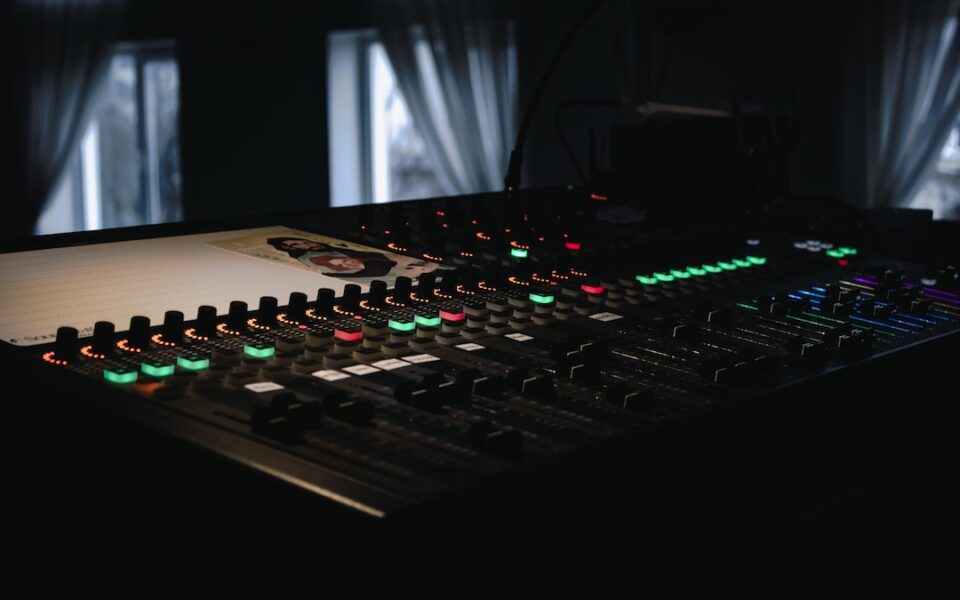From Vinyl to Spotify: The History of Music Streaming
Music has always been an integral part of human life. Throughout history, people have found different ways to enjoy their favorite tunes, from vinyl records to portable cassette players and CDs. With the advancement of technology, the way we consume music has rapidly evolved, leading us to the era of music streaming. In this blog post, we will delve into the fascinating history of music streaming, from its humble beginnings to the global phenomenon it is today.
The story of music streaming can be traced back to the late 1990s, with the emergence of peer-to-peer file sharing platforms like Napster. Despite the platform’s legal issues regarding copyright infringement, it paved the way for the concept of streaming music online. People realized the potential of accessing an extensive library of music without needing physical copies.
In 2001, the launch of Apple’s iTunes platform revolutionized the music industry. iTunes allowed users to legally purchase and download individual songs or albums, completely transforming the way people consumed music. It eliminated the need to buy entire albums and gave listeners the freedom to create personalized playlists. However, it wasn’t until the early 2010s that music streaming really took off.
Spotify, founded in 2006 in Sweden, was one of the pioneers of music streaming. It offered users unlimited access to a vast collection of music, including both popular hits and more obscure tracks, all in one place. Initially, Spotify faced resistance from major record labels due to concerns about royalty payments. However, as more music streaming services emerged and gained popularity, record labels began to see the potential for profit in this new digital landscape.
Streaming services like Pandora, Tidal, and Apple Music followed suit, each offering their own unique features and library of songs. Music streaming became increasingly accessible with the rise of smartphones and mobile apps. Suddenly, music lovers no longer needed to carry around bulky music players or CDs. Instead, they could stream their favorite songs directly to their phones or tablets with just a few taps.
The convenience of music streaming wasn’t the only factor that contributed to its success. It also brought artists closer to their fans. Independent artists, who previously struggled to reach a wider audience due to limited resources, found a platform that allowed them to distribute their music globally. Users had access to a diverse range of genres and artists, and underground talents began to gain recognition.
As music streaming services flourished, the traditional format of music ownership began to fade. Owning physical copies of albums or even digital downloads became less popular, replaced by the subscription model popularized by services like Spotify. For a fixed monthly fee, users could access millions of songs, create playlists, and discover new artists, ultimately offering a more cost-effective option compared to buying individual albums.
Music streaming also spawned a new era of music curation and discovery. Playlists curated by other users, algorithms, or even artists themselves became an important feature for users. Discovering new music became as simple as scrolling through personalized recommendations based on listening habits, favorite genres, or even mood.
Today, music streaming has become an integral part of our daily lives. On a global scale, streaming services have completely transformed the music industry, generating billions of dollars in revenue. Musicians rely heavily on streaming platforms to gain exposure, and the way music is marketed and distributed has drastically changed.
However, music streaming services are not without their controversies. Critics argue that artists receive paltry royalty payments compared to the income generated by streaming platforms. The debate over fair compensation for artists remains a contentious issue, raising questions about the sustainability of the streaming model.
From vinyl records to Spotify and other streaming platforms, the evolution of music consumption has been a fascinating journey. Technology has brought us to a point where music is readily available at our fingertips, allowing us to explore new genres, reminisce with old favorites, and connect with artists worldwide. With advances in technology, it will be fascinating to witness where the future of music streaming takes us. Until then, let’s enjoy the wealth of music available to us and appreciate the convenience and beauty of this digital revolution.

